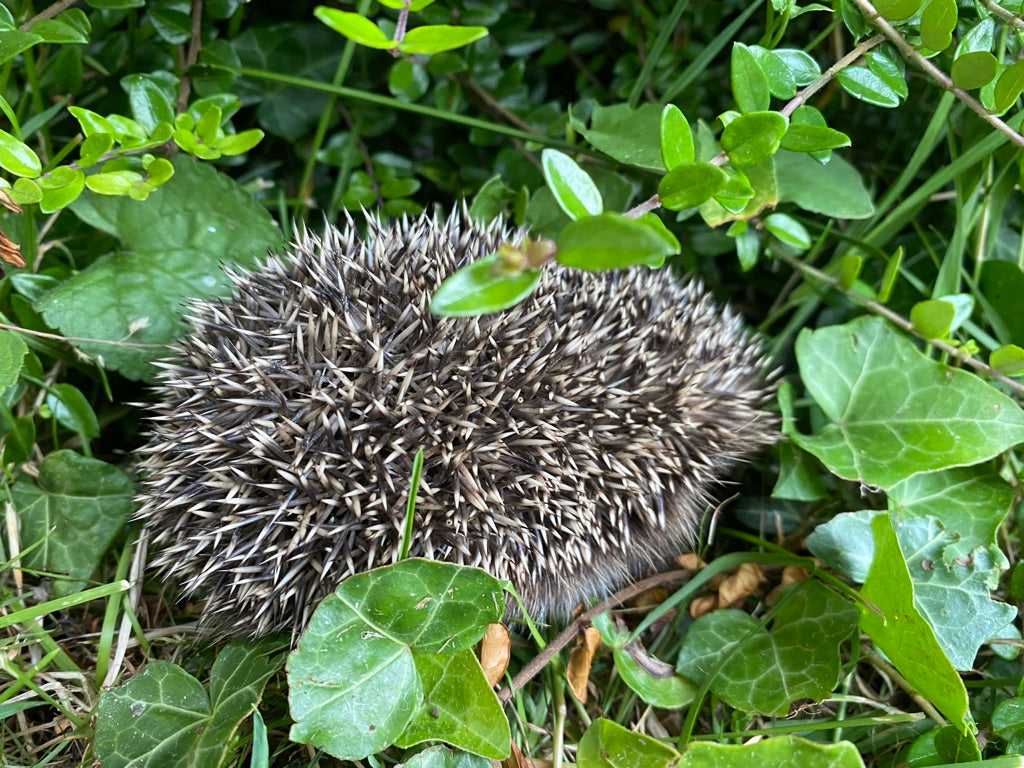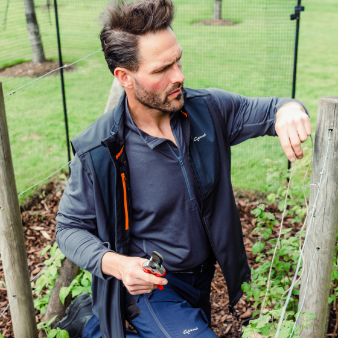Body, soul and gardening - encouraging wildlife

The sight of birds, bees and butterflies in the garden is wonderfully uplifting and restorative – and research shows that connecting with nature makes us feel more relaxed and less stressed. So, gardening in a way that encourages wildlife brings benefits both to us and the environment.
The unpredictable weather in March can be hard for wildlife, but providing food and habitats in your garden is really beneficial. In milder weather, hedgehogs may start emerging to look for food. Create access into your garden by making a little hole in or under your fences and leave out water and dried cat or dog biscuits – ideally at dusk.
Birds start looking for a place to nest in early spring, so avoid cutting back overgrown ivy or dense bushes - any remaining berries and seeds will also be useful food. Clean bird nesting boxes and put them in a sheltered north-east facing spot. Carry on putting out calorie rich foods to help birds prepare for breeding.
Leaving a few log piles in your garden is an excellent thing to do for all kinds of wildlife. The crevices provide safe nesting spots and shelter for amphibians and small animals such as hedgehogs, which will also find a tasty snack in the insects that make a home there.
Finally, if you’re able to provide a bird bath, or even better, a pond, you’ll be rewarded with birds bathing in it, dragonflies, frogs and water snails. Add oxygenators and aquatics for newts to lay eggs on and be sheltered from predators. Ideally site your pond somewhere with a little shade and screening, and make sure there’s a sloping side or large stones to allow anything falling in to get out.







